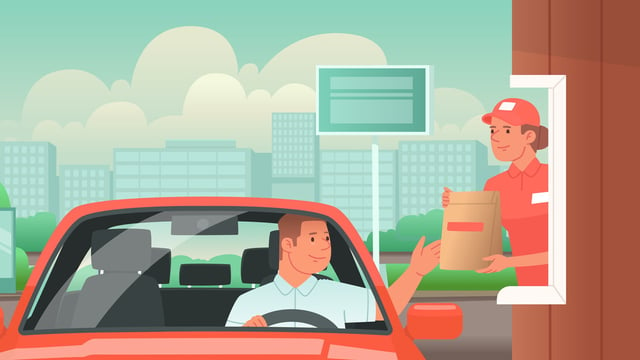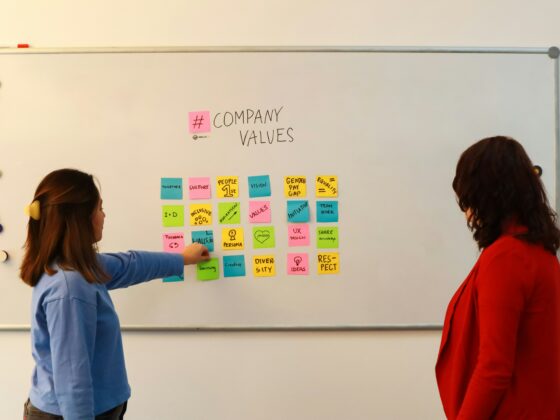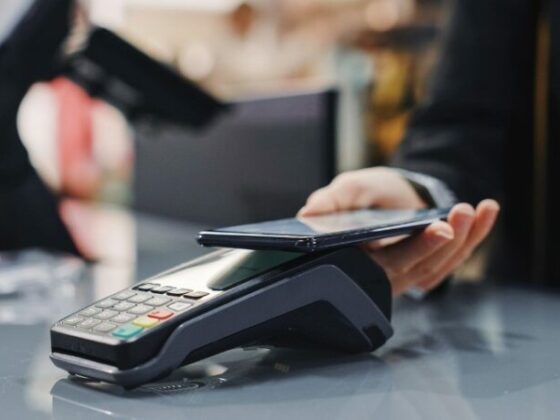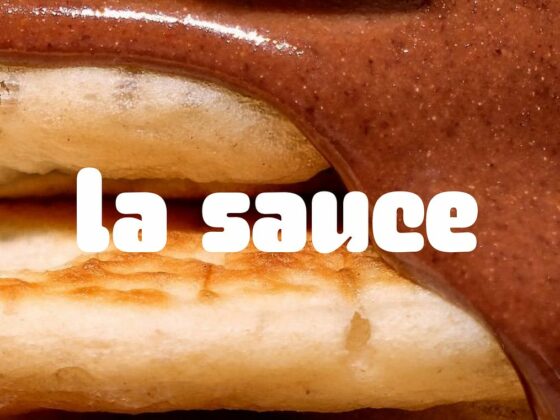
Restaurants and hotels are under pressure to do more with less—streamlining operations, elevating guest experiences, and adapting to evolving customer behavior. At the 2025 National Restaurant Association Show, Cognizant’s Kevin Corr and Partha Das sat down to discuss the biggest trends reshaping hospitality technology. Cognizant is one of the world’s leading professional services companies, working with restaurant and food services around the world to transform experiences, reimagine processes, and modernize technologies. From unified commerce to voice-enabled drive-thrus, here’s what they’re seeing across the industry—and where innovation is headed next.
Unified Commerce: Connecting the Dots Across the Operation
In the last few years, restaurants have heavily invested in e-commerce—POS systems, drive-thru tech, mobile ordering, and third-party delivery platforms. But now, operators are looking beyond siloed digital touchpoints. They want a unified commerce platform that integrates both customer-facing experiences and backend operations—inventory, loyalty, kitchen display systems, accounting, and more—into a single ecosystem.
However, before restaurants can achieve unified commerce, they first need a flexible, API-first infrastructure that allows all these systems to talk to one another. Building this kind of connected environment requires modern, cloud-based systems designed to be interoperable—an essential shift away from legacy tech that was never built for today’s complexity.
“You have to integrate with Uber Eats, DoorDash, payment providers, kiosks, digital menus—all those systems do not come from a single provider,” Das said. “You need flexible APIs to connect them.”
Hotels, by comparison, are slower to modernize. Many still operate with decades-old reservation and property management systems, and fragmented ownership structures can delay transformation, Corr explained.
Automating Food Prep and Delivery
With labor costs rising and staff in short supply, restaurants are increasingly exploring automation to fill the gaps. This includes everything from robotic arms chopping vegetables to AI systems managing scheduling or inventory.
“Restaurants are figuring out how to use automation and AI/ML in labor, recruiting, scheduling, inventory calculations—wherever they can make things more efficient,” said Das.
Even phone-in orders are being outsourced to centralized teams who take orders remotely and send them directly to in-store kitchen systems, freeing on-site staff to focus on food prep and service.
“By outsourcing the calls, it frees up the employees and the manager to focus on operations, managing the team, taking inventory, ensuring smooth operations, and overseeing product quality,” Das said.
AI-Driven Loyalty
Artificial intelligence is also powering a new wave of loyalty personalization. Restaurants want better visibility into who their customers are, what they like, and how to reach them with the right promotions at the right time, Corr explained.
This is particularly important for multi-brand operators like Dine Brands, which recently launched a co-branded IHOP and Applebee’s location. With the help of AI, these companies can better understand cross-brand customer behavior and tailor experiences accordingly.
Meanwhile, in the hotel space, AI-powered facial recognition is starting to improve guest interactions at the front desk—enabling staff to engage more personally and avoid repetitive tasks, Corr added.
The Digitized Drive-Thru
Roughly 70% of all quick-service restaurant orders still come through the drive-thru—and operators are digitizing that channel with voice AI and automation, Das noted. These tools allow workers to shift from order-taking to fulfillment, increasing speed and accuracy.
Even restaurants without drive-thrus are rethinking phone orders. Instead of staff answering calls mid-service, remote teams input orders directly into the POS.
Smart Menu Boards, Dynamic Pricing
Digital menu boards are gaining traction as restaurants look to adjust offerings in real time based on variables like time of day, weather, or local demand.
“A location in sunny Texas might promote ice cream, while one in rainy Chicago highlights chili,” Corr said.
The next evolution? Dynamic pricing. While the phrase remains sensitive, the logic is already familiar to consumers used to surge pricing from airlines, Uber, or hotels.
“Sometimes prices will be lower during off-peak hours—think happy hour specials—and sometimes they’ll be higher,” Corr said. “Ultimately, consumers will get used to it and adjust their behavior.”









